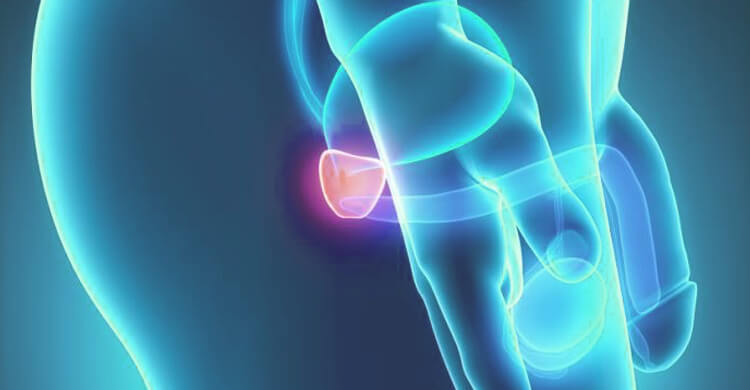What is the function of the bladder?
The bladder stores urine until it is filled to capacity, where after the urine is expelled from the body through the urethra.
When your bladder is not functioning properly, you may experience some of the symptoms below.
Common symptoms of bladder disorders include:
- the presence of blood in the urine. This is the most common symptom of bladder cancer, with 80% of people diagnosed with bladder cancer reporting to have had some blood in their urine.
- a need to pass urine very often.
- a need to pass urine very suddenly.
- pain when passing urine.
While these symptoms can possibly indicate a urine infection – particularly if you do not have blood in your urine – it could also be attributed to an enlarged prostate gland in men. It is therefore best to consult a specialist like Dr Lance Coetzee immediately if you have any of these symptoms.
The bladder disorders we treat
Bladder cancer
Cancer is the growth of abnormal, extra cells in the body which grow together to form tumours. In a patient suffering from bladder cancer, tumours form in the bladder. Cancers of the bladder are usually diagnosed by examining urine for cancer cells under a microscope (known as urine cytology) or during a cystoscopy, an inspection of the bladder by inserting a slender tube equipped with a lens and a light through the urethra up to the bladder.
Bladder treatment procedures
Bladder cancer can be treated by surgically removing part of (partial cystectomy) or the entire (radical cystectomy) urinary bladder.
Partial cystectomy
A partial cystectomy, which makes it possible to treat bladder cancer by only removing part of the bladder, is performed in cases where the cancer has invaded the muscle layer of the bladder wall and is confined to one region of the bladder only. During this procedure, nearby lymph nodes are also removed and examined for cancer.
Radical cystectomy
A radical cystectomy involves the removal of the entire bladder. This surgical procedure is performed in instances where bladder cancer has spread to more than one area within the bladder and can also include the removal of surrounding organs like nearby lymph nodes, the prostate (for men), and in women, the ovaries, fallopian tubes, uterus and a small part of the vagina. A radical cystectomy is an extensive surgical procedure, but increases the likelihood that all cancer cells are removed from the patient’s body and reduces the likelihood of the disease recurring.
Dr Coetzee offers the following treatment options through robotic surgery:
Robot-assisted cystectomy
A robot-assisted cystectomy allows a surgeon, urologist or oncologist a high-definition 3-D view of the vital muscles and delicate nerve tissues surrounding the bladder and helps the surgeon preserve them and dissect and reconstruct the bladder with relative ease while offering the patient an effective, minimally invasive surgical experience.


